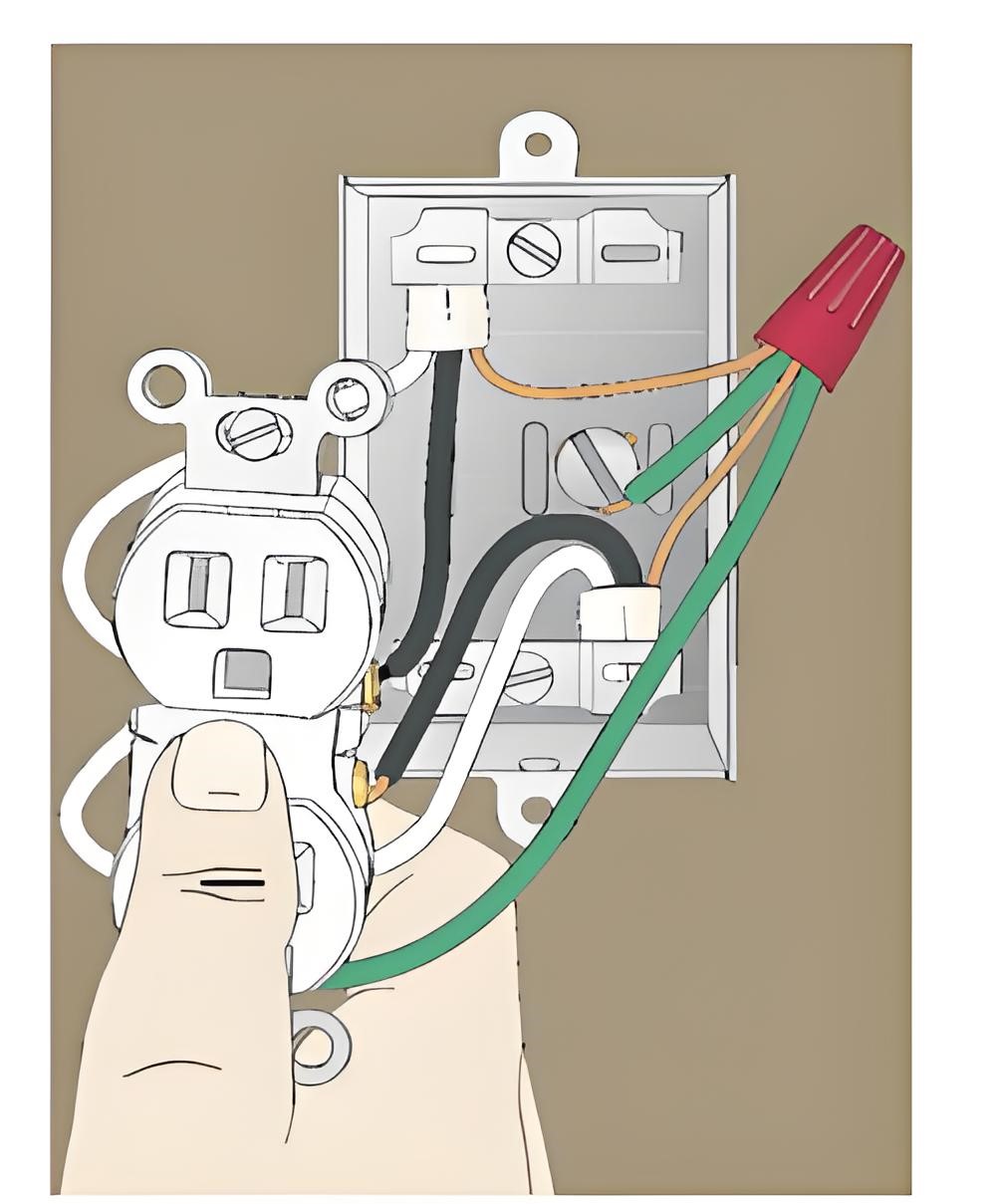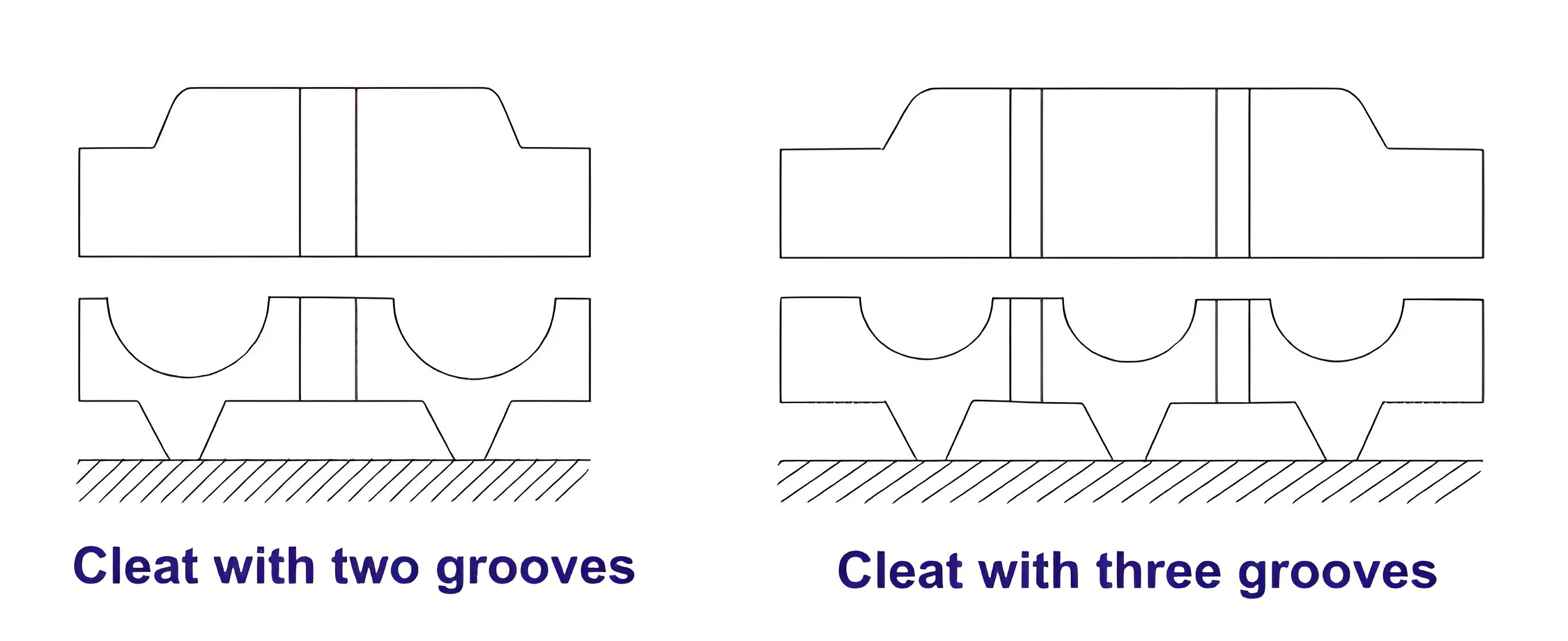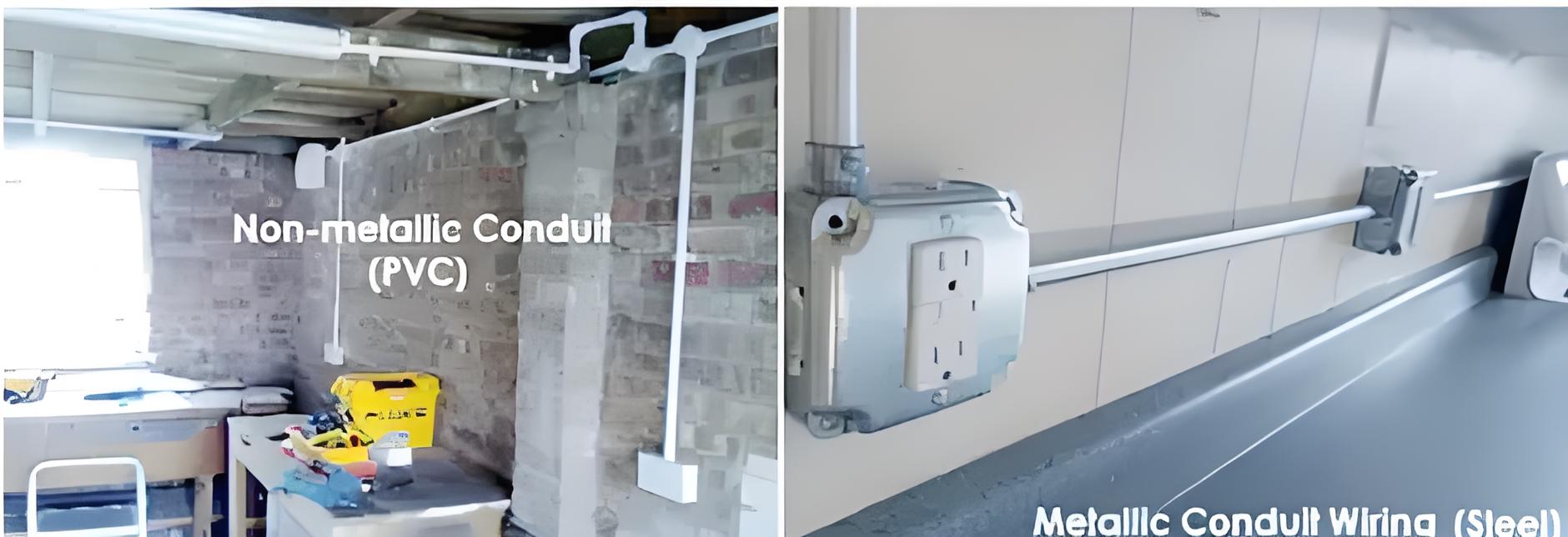What is Electrical Wiring?
What is Electrical Wiring?
Electrical Wiring Definition
Electrical wiring is the distribution of electrical power through wires inside a room or building for effective load management.

Types of Wiring Systems
Cleat wiring
Casing wiring
Batten wiring
Conduit wiring
Concealed wiring
Cleat Wiring
Material Used in Cleat Wiring
VIR or PVC insulated wires
Weather proof cables
Porcelain cleats or plastic cleats (two or three grooves)
Screws

Advantages of Cleat Wiring
Cheap and easy wiring
Easy to fault detection
Easy to repair
Alteration and addition is easy
Disadvantages of Cleat Wiring
Bad appearance
Exposed to weather to be affected by humidity, rain, smoke, sunlight etc
Chances for shock or fire
Used in only 220V in low ambient temperature.
Not long lasting
Sag happens
Casing and Batten Wiring
Casing wiring uses wooden or plastic enclosures to protect wires, while batten wiring secures cables on wooden battens. Both methods are durable but have specific environmental limitations.
Conduit and Concealed Wiring

Material Used in Conduit Wiring
VIR or PVC insulated cables
GI wire of 18SWG
Screw
Coupling
Elbow
Rigid off set
2-hole strap
Lock nut
Advantages of Conduit Wiring and Concealed Wiring
The safest wiring
Appearance is better
No risk of fire or mechanical wear and tear.
No risk of damage of cable insulation
Safe from humidity, smoke, steam etc.
No risk of shock
Long lasting
Disadvantages of Conduit Wiring and Concealed Wiring
Very expensive
Installation is not easy
Not easy to customize for future
Hard to detect the faults.
The Electricity Encyclopedia is dedicated to accelerating the dissemination and application of electricity knowledge and adding impetus to the development and innovation of the electricity industry.













